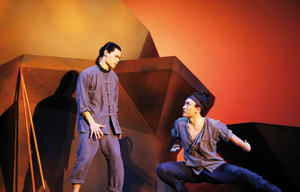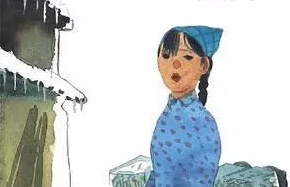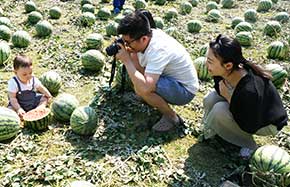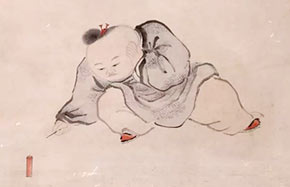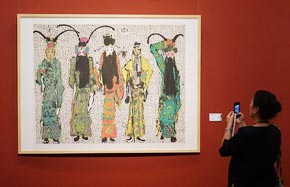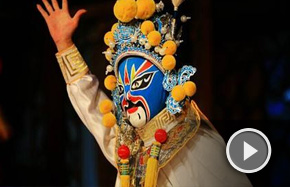A rebound for White Deer Prairie
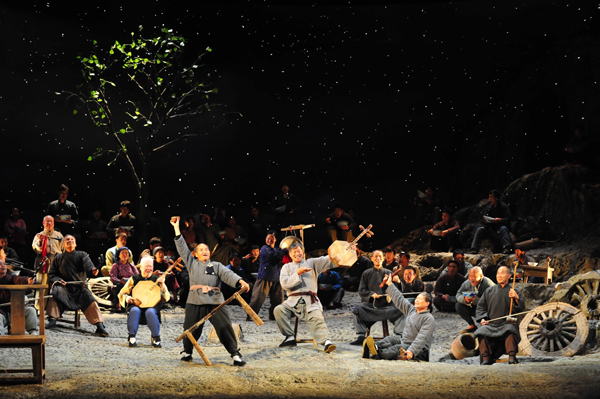 |
|
White Deer Prairie features a starry cast including Pu Cunxin and Guo Da. Wang Yuchen / For China Daily |
Review | Raymond Zhou
The revival of White Deer Prairie is long overdue. Ever since the poor reception of 2012's film version, translated as "White Deer Plain" and also adapted from the 1993 novel, those who presented the stage version should have got a boost in confidence. It is a worthy addition to the hallowed repertory of Beijing People's Art Theater, known for its solid style of socio-realism.
Spanning the first half of the 20th century, White Deer Prairie performs the impossible task of combining a historical vista with the intimacy of individuals caught in the constant turmoil.
The dueling patriarchs of the Bai (white) and Lu (deer) families provide an anchor for a panorama of rural China as it writhes in the transformation from an old era to a new one.

The play, written by veteran playwright Meng Bing, retains much of the huge cast of characters. Some have only a few scenes yet manage to be three-dimensional portrayals rather than tokens or caricatures.
Amazingly, none of them remain static over the course of the epic story, and their transformations are at once mind-boggling and credible. Most end in tragedies that are emblematic of the fate of the nation.
Leading an ensemble cast that merges seamlessly with real farmers from Shaanxi province, Pu Cunxin and Guo Da deliver top-notch performances, complete with the local dialect and rural mannerisms.
The farmers chant folk songs during transitional, opening and closing scenes, giving breathing room to a densely plotted tale and imbuing it with authenticity and poignancy.
The use of live chanting does not turn the play into a Broadway-style musical. Instead, it gives director Lin Zhaohua a means to achieve a Brechtian distance for the audience, enabling viewers to accurately put what takes place on stage in a specific time and location and thereby not immersing too deeply into the grand sweep of the drama, or ironically, not relating too much to the present.
Lin's ability to bring out nuances in a predominantly realistic production has injected new blood into a hoary tradition. The crowd scenes are stylistic and many of the monologues are delivered right to the audience, breaking the fourth wall.
Yi Liming's design of the set and costumes also evokes the "yellow and dusty plateau" without being too literal or messy. The gloom is thought-provoking, not suffocating.
The difficulty of bringing this mammoth tale of Chinese history to a performing-arts platform is obvious, as testified by the failure of Wang Quan'an's sumptuously photographed film.
Part of the trick lies in the female lead of Tian Xiao'e, the concubine who defies tradition by marrying a farmhand. Her beauty upsets the tenuous harmony of a traditional Chinese community.
Unlike the movie version, the play refuses to go in the direction of melodrama and does not fall into the trap of centering much of the story around her.
Everyone suffers in that society, and women more so than men. That point is driven home, but is part of a much larger tragedy, and should remain so.
|
|
|
| Legacy of a railroad |
Versatile singer leads Nabucco cast with performance of highest artistry |




